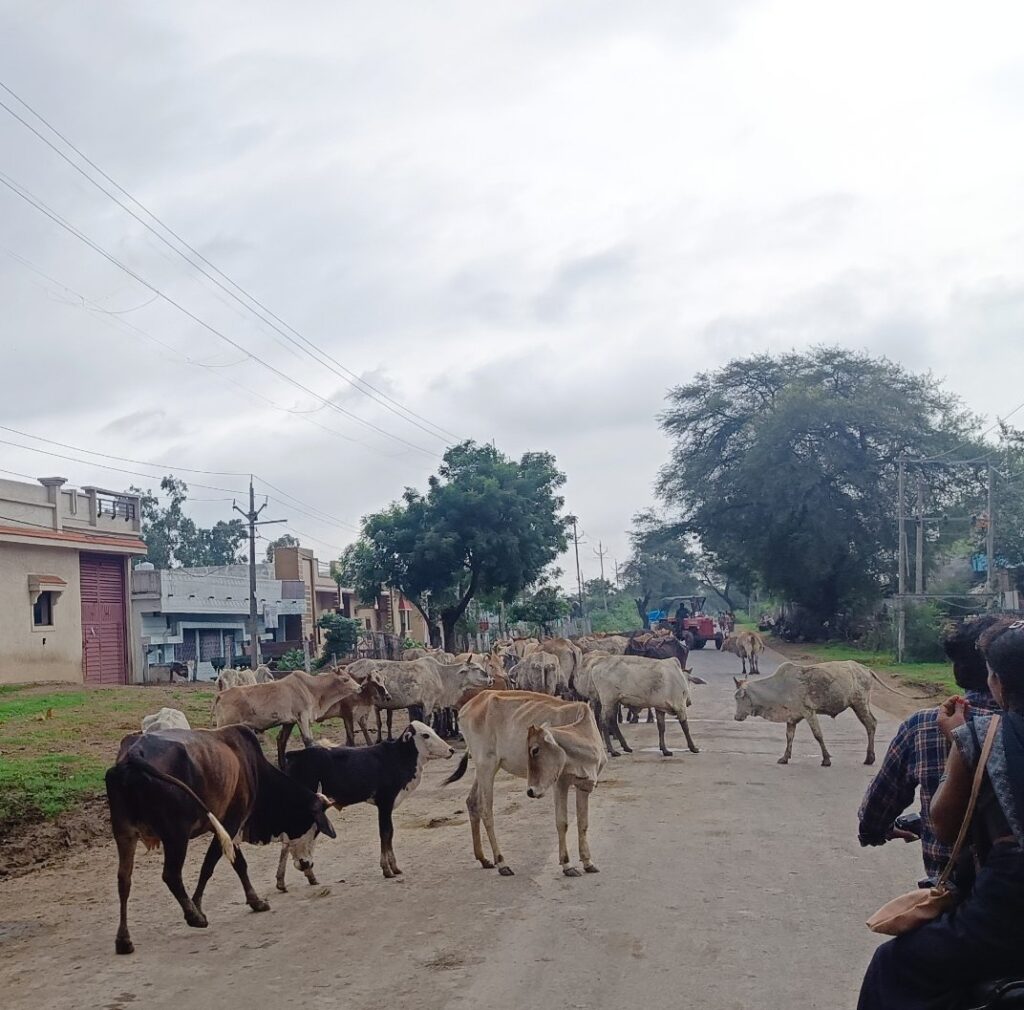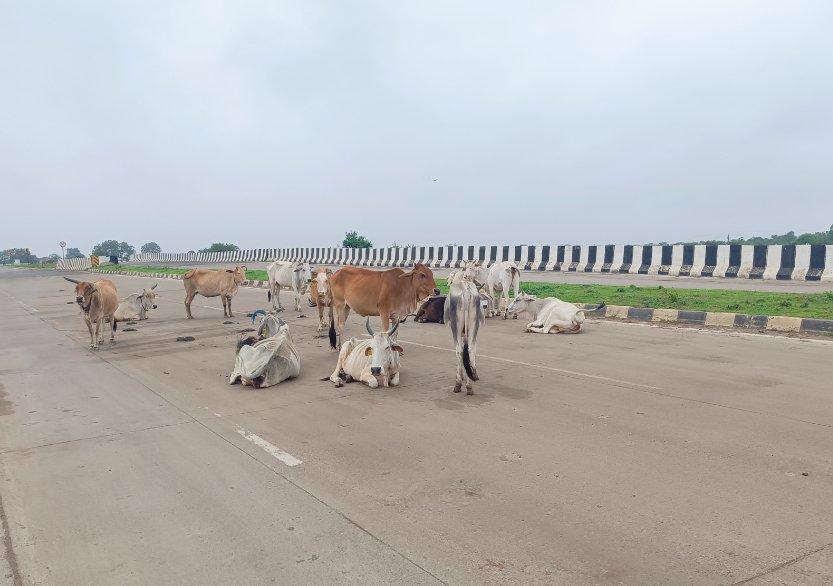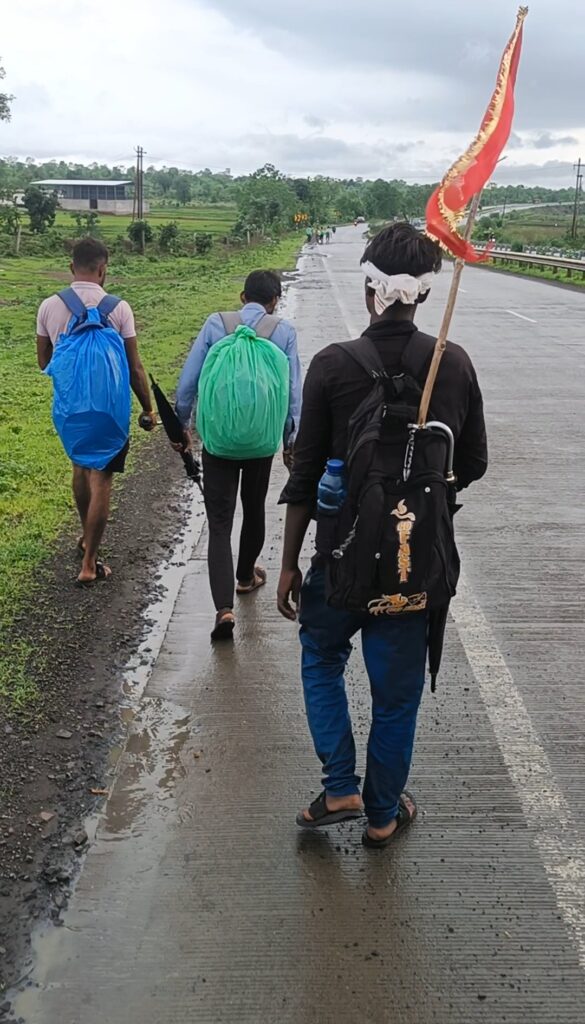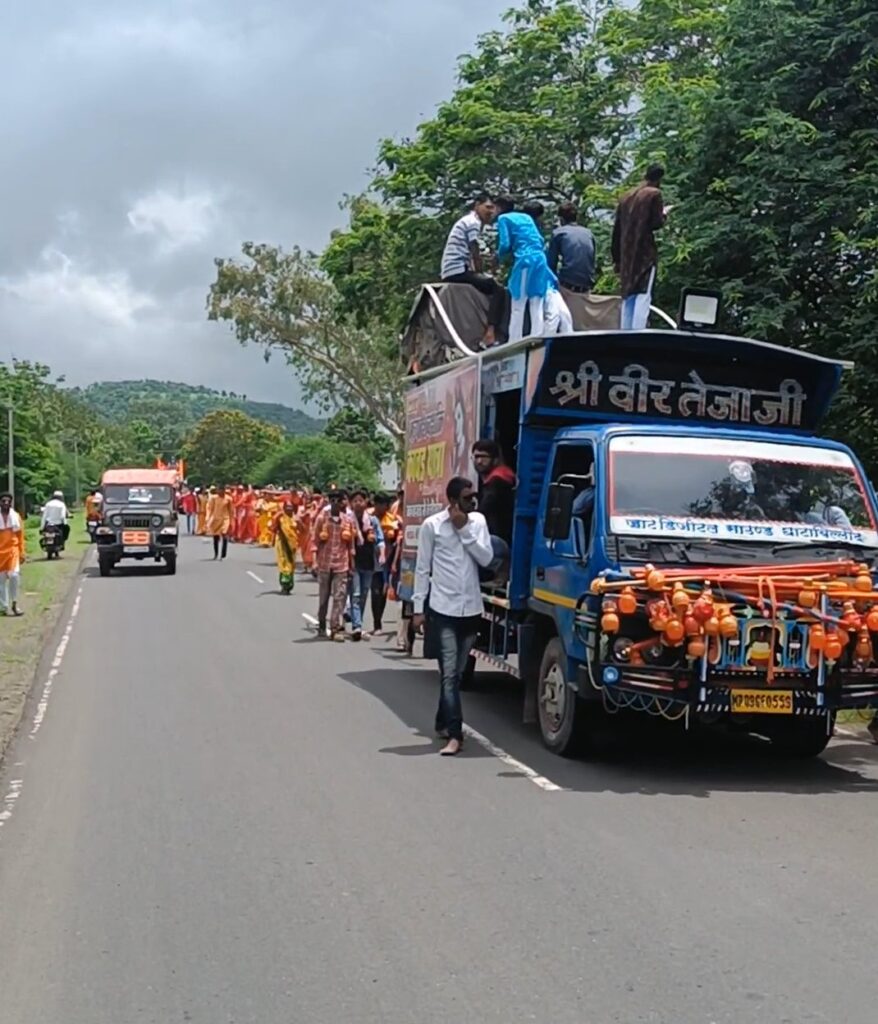Things I got to learn touring Madhya Pradesh on a cycle for 40 days
Madhya Pradesh, the second largest state in India in terms of land area, presents an interesting contrast with regard to population diversity, ranking fifth. This indicates a sparser population spread across a larger space. The state boasts vast forests and open lands, adding to its unique charm. Due to its substantial size, Madhya Pradesh’s cultural diversity cannot be easily encapsulated.
During my 40-day all India cycle tour through Madhya Pradesh, I journeyed from the far west to the far east, revealing a clear divide into two halves. The western half, from Jabalpur to Bhopal, and the eastern half, from Bhopal to the Gujarat border, exhibit distinctive cultural differences, akin to experiencing two different states.
As an impartial observer during my travels, I noted these observations, acknowledging that my perspective may contain some subjectivity. Please take these insights with a grain of salt.
Politics
Throughout Madhya Pradesh, there are widespread complaints about the state of politics, which unfortunately often appear incomprehensible due to complicated rules set by the election commission. The village sarpanch position has reservations, although I’m uncertain if this is the case elsewhere. During my travels in Bandol district, I encountered villages where the MLA belonged to the SC reservation. It was surprising to learn that Mr. Faggan Singh Kulaste, the MLA, had limited proficiency in both Hindi and English, which locals found amusing.
Since 2005, there has been an SC category reservation for the sarpanch of Gram Panchayat in Bandol, and similar stories emerged from people throughout my journey in Madhya Pradesh. Although some improvements were noticeable in the eastern part of the state, much of it remained unchanged.
Development
Madhya Pradesh is geographically distant from the coastline, resulting in heavy rainfall during the monsoon seasons, which often leads to water flowing off into the Narmada river. However, water management is lacking, leading to water logging on farmlands, and in summers, water levels plummet, making farming challenging. During my journey, I noticed that approximately 50% of farmlands were waterlogged.
The scarcity of industries in the western part of the state is evident, as water availability poses a challenge for factory operation. Consequently, job opportunities are limited, impacting education levels as well. Surprisingly, I observed individuals with bachelor’s degrees working in tea shops due to the scarcity of employment options. Government schools suffer from low pass rates, with only about 20% of students passing the 10th board exams.
Another peculiar observation in MP is the significant presence of cows on the streets, particularly on national highways. Unfortunately, these cows are often left uncared for, leading to accidents where 5 to 10 cows are injured or killed daily by the roadside without receiving any assistance.


The cumulative effect of various factors in Madhya Pradesh has contributed to its slower development compared to some more developed states, possibly lagging behind by 15 to 20 years. Development appears concentrated mainly in the middle part of the state, particularly Bhopal and Indore, while the far west lacks industries, and the far east is dominated by forests with tribal populations facing educational challenges.
Despite the existing disparities, there have been positive changes in the past decade. The improvement of roads and transportation services has helped in reducing crime rates, which used to be a concern due to the region’s history of dacoit activities. Though progress is evident, Madhya Pradesh still lags behind other states in overall development.
The recent opening of the Mahakal corridor in Ujjain has garnered significant attention, attracting a surge of visitors. However, some believe that the development there is subpar, and it seems to have turned into more of a tourist location, potentially driven by political agendas aiming to unite people under the Hindu identity. The presence of celebrities promoting the place may have amplified its popularity, but it raises concerns about whether the government’s focus is genuinely on uniting people and developing the nation or utilizing such initiatives for selfish right-wing agendas. The intertwining of psychological tactics and development initiatives makes it challenging to discern the government’s true intentions.
Spirituality
Madhya Pradesh is a region deeply rooted in spirituality, with a majority of its population worshipping the Narmada river as a deity. Temples abound in the area, and it’s not uncommon to find more than ten temples within a 1-2 km radius. The Narmada Parikrama, a revered pilgrimage, involves walking on foot from Amarkantak, the river’s origin, to its endpoint in Gujarat. The Parikrama vasis, who undertake this arduous journey covering approximately 3500 km over several months, are highly respected. The community’s hospitality is remarkable, with everyone inviting these pilgrims for food and accommodation along the way.
During my 40-day stay in Madhya Pradesh, I only spent close to 4000 rupees as people warmly extended their support and wishes for my journey, providing me with nearly 5000 rupees in return. This culture of generosity and spiritual reverence is a remarkable aspect of MP’s unique environment.


Madhya Pradesh is replete with temples led by spiritual figures such as Maharajs, Mahatmas, Panditjis, or Sants, some of whom are even revered as gods. During my journey, I encountered a remarkable astrologer at Sita Ram Mandir in Boras, whose predictions about my past and my friend’s age astounded me. These learned scholars can be found at various temples throughout the state.
Spirituality is deeply ingrained in the people of MP, with almost everyone having inspiring spiritual stories to share. They firmly believe in Eeshwar’s control over their lives, attributing every event to his will, fostering humility in most individuals. Even those with criminal backgrounds worship deities like Lord Shiva. Contentment is widespread, and the people hardly display greed, claiming to have enough and more. However, this contentment has also allowed corruption to thrive, as the timid nature of the populace discourages questioning and resistance, hindering development.
MP’s elevated spirituality has also contributed to greater tolerance among its people, resulting in a notable absence of Hindu-Muslim conflicts, unlike some neighboring states. This atmosphere of harmony fosters a sense of unity and respect for one another.
Crime
Despite being a spiritual place, Madhya Pradesh also has a concerning level of crime, which I observed to be higher than in other states I’ve traveled to. The far west region, in particular, has significant crime rates, with many individuals carrying pistols or rifles. Despite claims of a reduction in such activities, it was apparent that people still possess and hold onto firearms. Obtaining a license along with a pistol reportedly costs 1.5 lakh rupees, and each bullet costs 700 rupees, contributing to the presence of weapons in the area. Even children are exposed to firearm use at certain locations.
In Jabalpur, some MLAs, including Lakan Gangoria, Sanjay Yadav, and Tarun Banot, have been associated with criminal activities, which raises concerns about the state’s political landscape.
Alcohol consumption is prevalent, with people in many villages consuming country liquor and a local drink called Mahua daily. While it’s uncertain how drinking directly correlates with crime rates, it’s evident that frequent fights occur in the neighborhoods due to alcohol use.
Safety concerns are significant, with locals advising me to carry sticks or knives for protection, a situation I haven’t encountered in my other journeys. I was even discouraged from visiting certain areas, leading me to change my planned route several times to avoid potential risks. While I didn’t personally experience any offensive acts, there were moments when I sensed potential dangers, such as people suspiciously inquiring about the value of my phone. These instances highlight the need for caution while traveling in some parts of Madhya Pradesh.
Quality of life
Even in a city like Jabalpur, some aspects of life appear to lag behind. Surprisingly, even educated individuals, including doctors, lack basic tech knowledge, needing to visit local mobile stores to recharge their cellphones. Chewing tobacco is prevalent across all demographics, becoming a norm in the region. Quality control issues are evident, with expired products sold in shops and low-grade items found in village stores, both packaged and unpackaged.
The lack of hotels is noticeable, except in some well-developed cities. Instead, push carts and dhabas serve as the primary options for snacks and meals. Unfortunately, dhabas also serve as hubs for alcohol consumption, with people drinking there at any time of day.
In the western part of the state, public infrastructure, like PWD quarters and rest houses, is in poor condition, often inaccessible and seemingly occupied by drunkards who frequent these places daily. These observations illustrate certain backward practices and conditions that persist in Madhya Pradesh, even in urban centers like Jabalpur.
My travel experience in Madhya Pradesh was a rollercoaster of emotions, with both positive and negative aspects. On one side of the coin, I witnessed the ugly side of dirty politics hindering development, leading to degraded education and crime. However, on the other side, I was amazed by the profound spirituality and the warm, welcoming nature of the people who showered me with love and hospitality.
Despite the challenges, it’s encouraging to see signs of overall development on an upward trend. Hopefully, in the years to come, Madhya Pradesh will catch up to the development levels of some of the other states. Nevertheless, it’s hard to discern if the government’s approach of uniting people under the banner of Hindutva is truly beneficial. While development appears evident, there’s a lingering question about the government’s motives. For insights into the status of Maharashtra, I recommend reading this article.
I am a 31 year young PhD graduate who has decided to travel the length and breadth of India on my cycle, to document the journey of meeting a vast array of people. In my journey, I intend to understand the characteristic features of the people of this nation and categorize them based on their demographics, age, profession, gender, traditions, and cultural differences.
Your writing skills are amazing! I really love it! Can you review my website https://www.gdiz.eu.org and maybe you can share tour thought about mine?